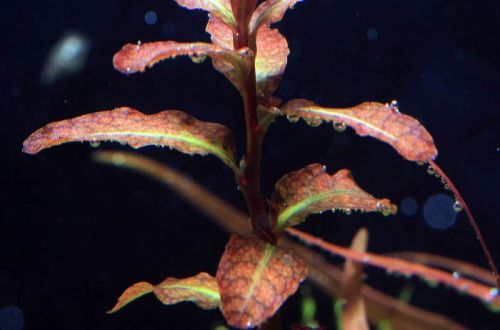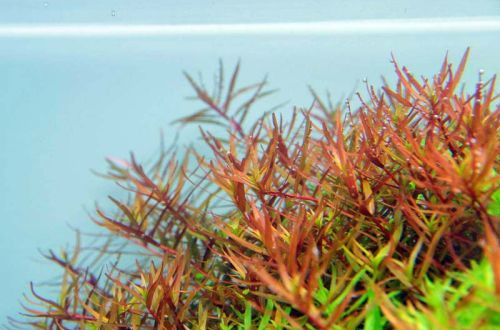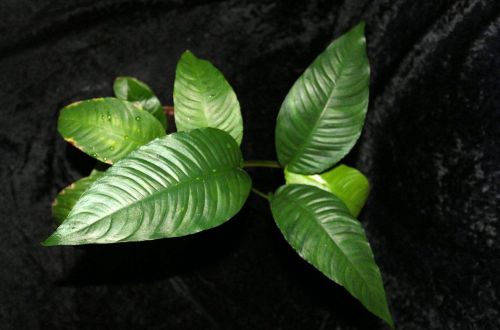
Limnobium shoot-bearing
Limnobium shoot-bearing or Frog Amazonian duckweed, scientific name Limnobium laevigatum. In Russian-language (non-scientific) sources, another Latin name for this plant is often found – Limnobium stoloniferum, which has already fallen out of use in English-language literature back in the 1990s. In nature, it is found in the tropics and subtropics in South, Central America and some US states, in particular California. It grows in stagnant water bodies: lakes, swamps, river backwaters.
Outwardly, it resembles miniature water lily leaves or a giant duckweed. It is sometimes confused with the Frog Vodokras (Hydrocharis morsus-ranae). Leaf blades are thick, rounded, about 3 cm in diameter, contain spongy hollow tissue, thanks to which the plant floats on the surface. The developed root system forms dense hanging bunches. The roots can become very long in relation to the rest of the plant. They serve not only as an excellent hiding place for fish fry, but as an effective natural filter. The root network retains the smallest organic particles and other small organic debris, which serves as nutrients for the plant. Optimum conditions for the growth of Limnobium sprouts are achieved in soft, acidic water under bright to moderate light. The temperature regime does not matter.





